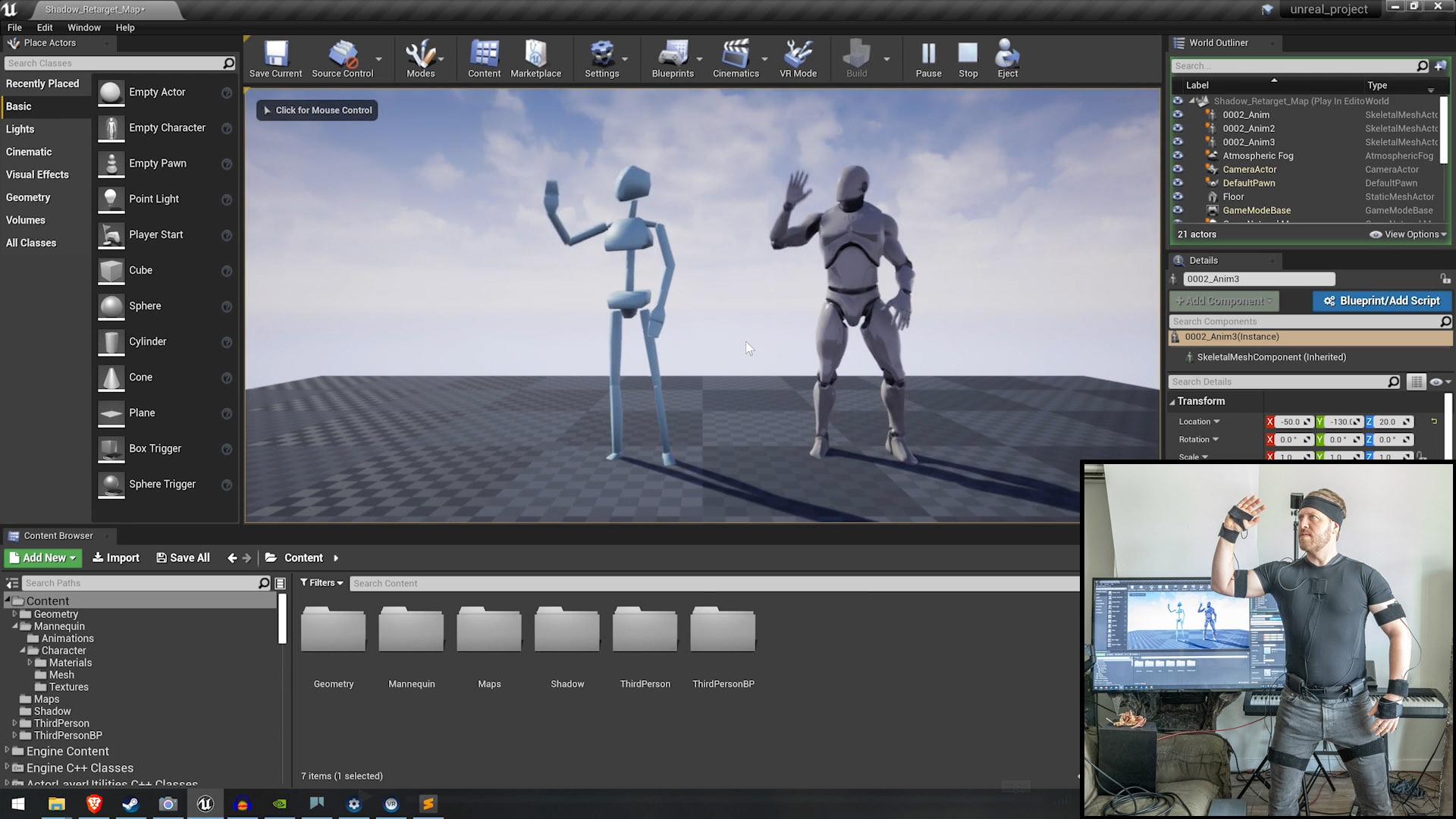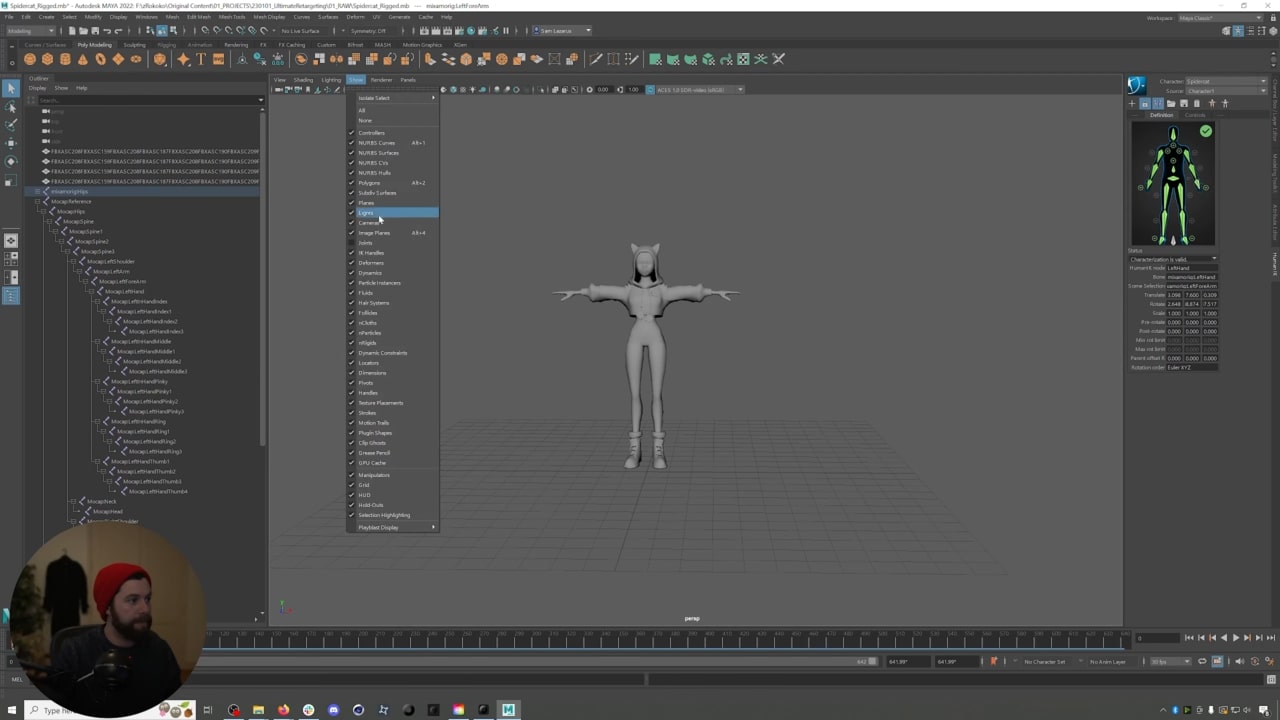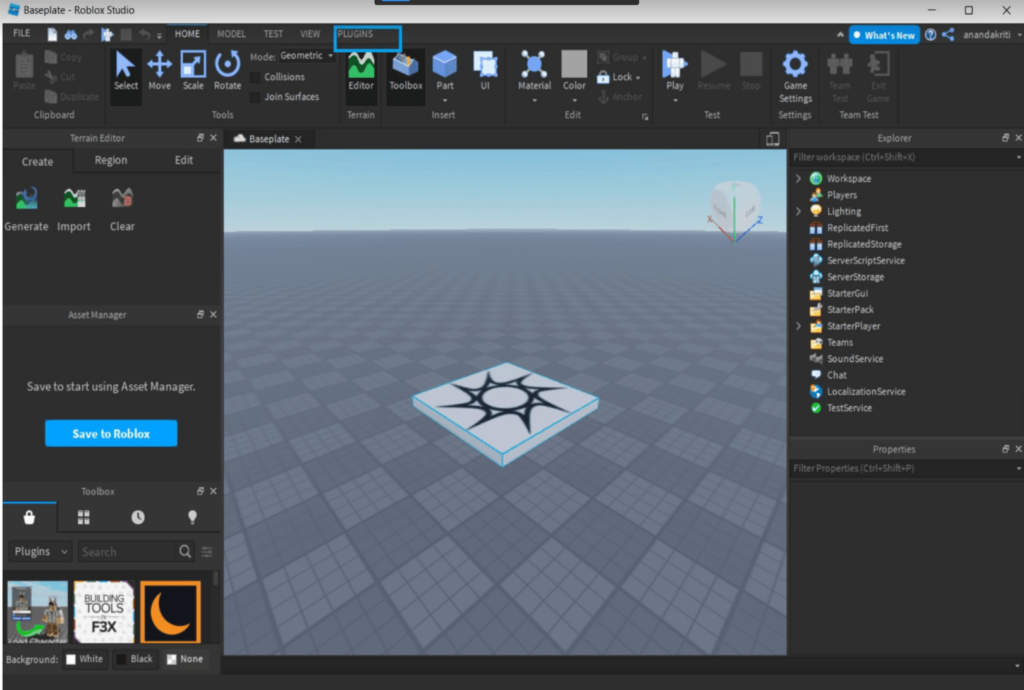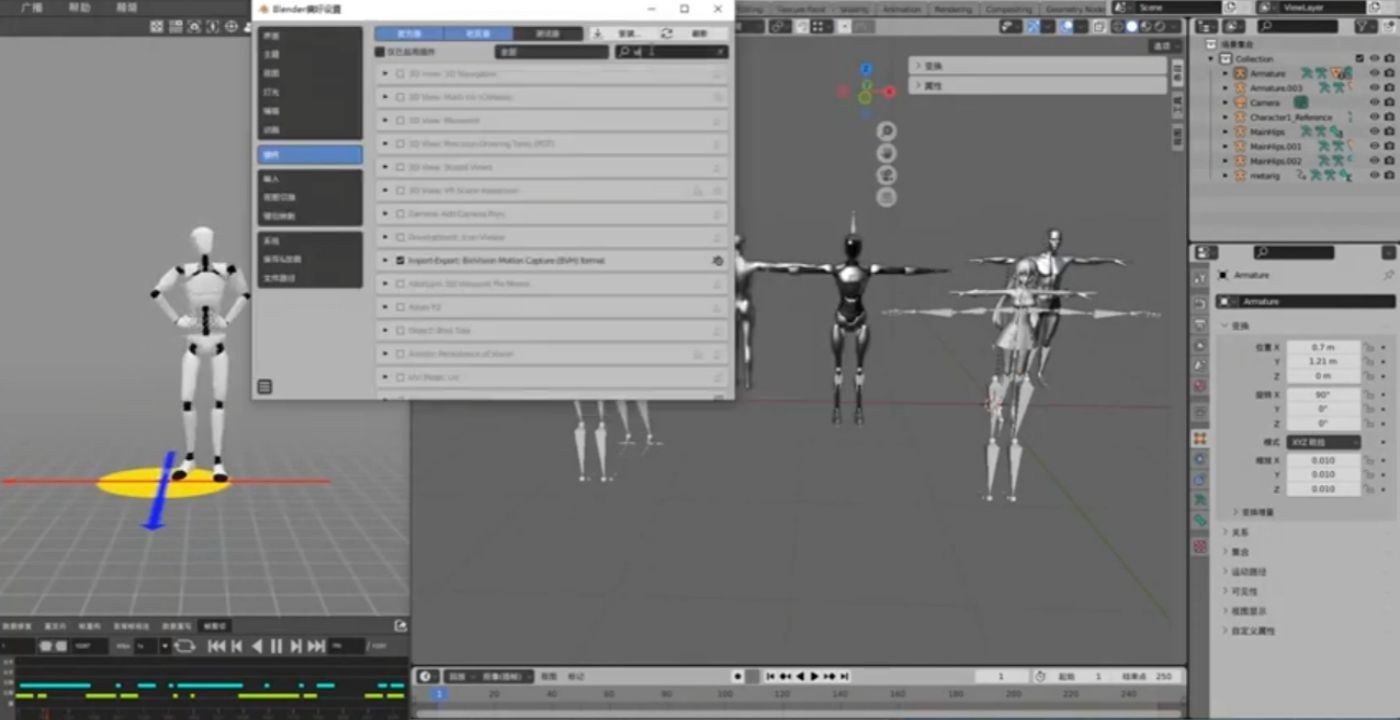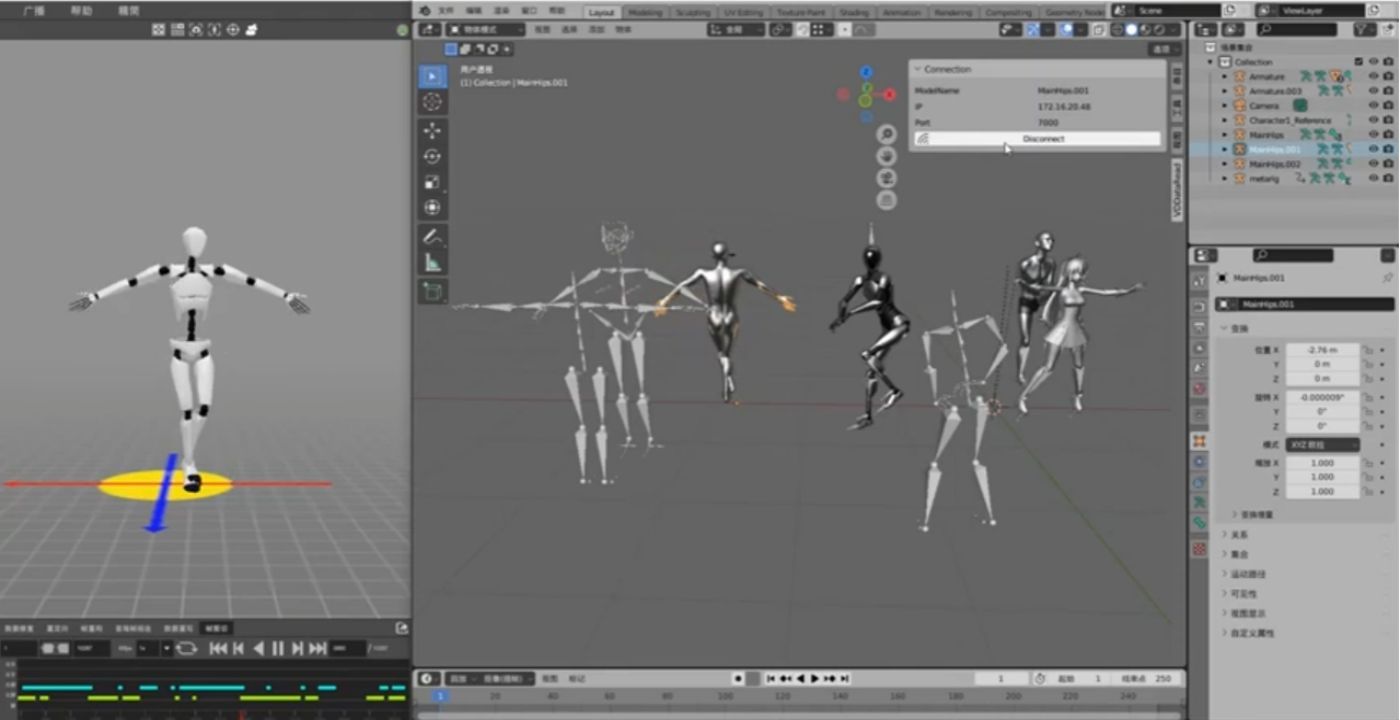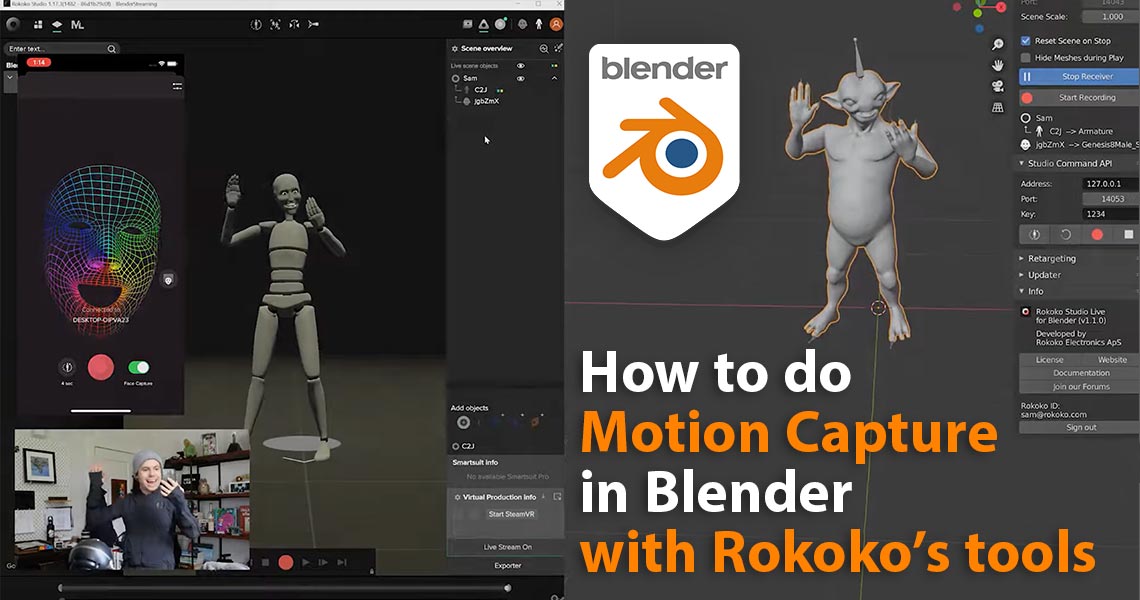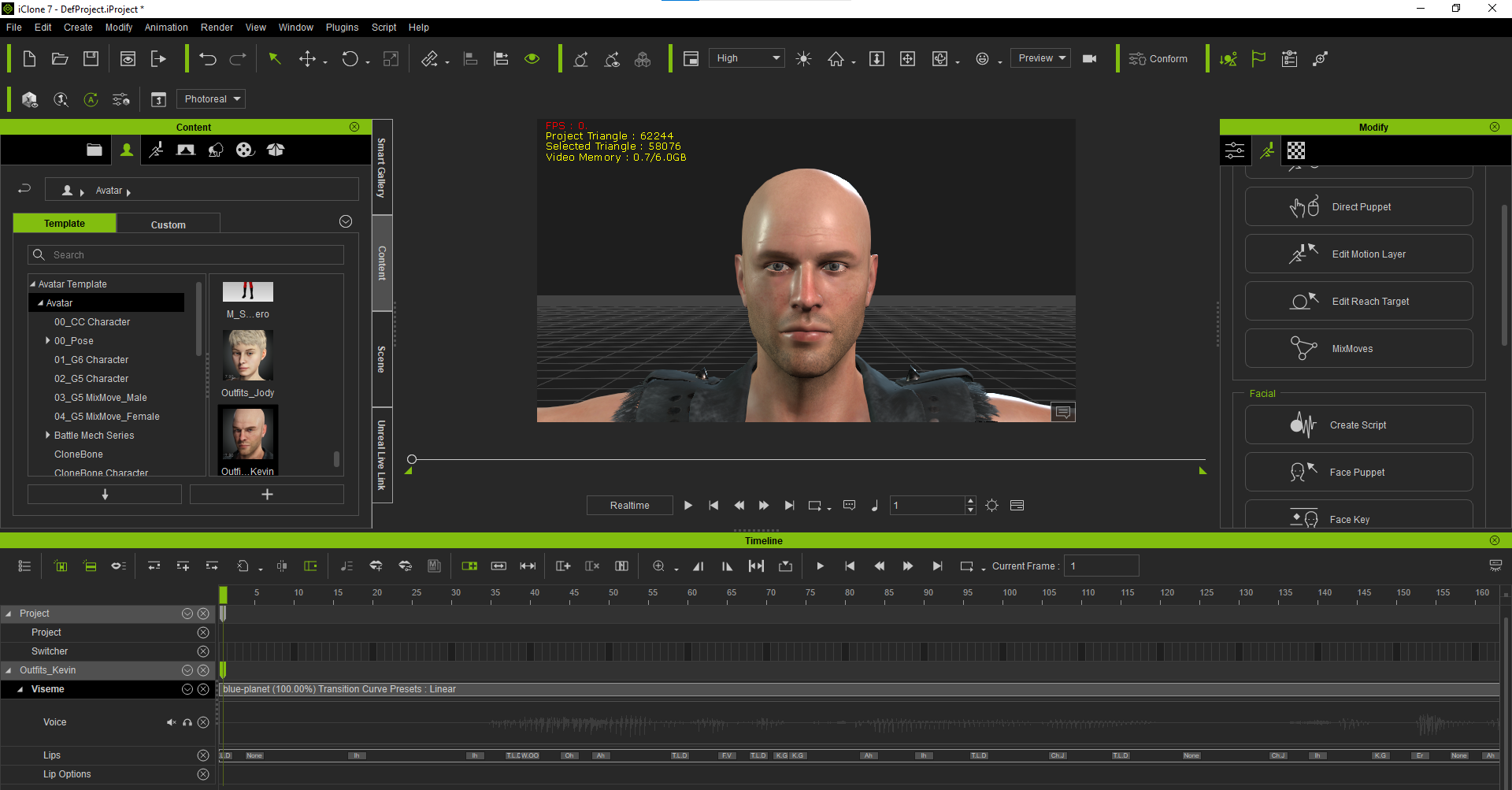Is There A Plugin That Reduces The Mocap Size

The intricate art of motion capture, or mocap, has revolutionized industries ranging from filmmaking and gaming to medical rehabilitation and sports analysis. Yet, this powerful technology harbors a significant challenge: the massive size of mocap data files. These files, often containing the precise movements of actors or athletes tracked across dozens or even hundreds of sensors, can quickly overwhelm storage systems, strain network bandwidth, and slow down production pipelines, leading to frustration and increased costs.
The need for a solution is urgent, pushing developers and researchers to explore and create plugins and software designed to compress and optimize mocap data without sacrificing accuracy. This article delves into the quest for plugins capable of significantly reducing mocap file sizes, examining existing solutions, the techniques they employ, and the potential impact on various industries.
The Mocap Data Deluge
At its core, mocap involves recording the motion of a subject and translating it into digital data. This data typically comprises the 3D coordinates of markers attached to the subject's body, captured at high frame rates. The sheer volume of this information, especially in complex scenes with multiple actors or prolonged recording sessions, leads to exceptionally large file sizes, often reaching gigabytes or even terabytes.
These massive files pose numerous practical challenges. Storage becomes a significant expense. Transferring files across networks, whether internally or to external collaborators, can be time-consuming and inefficient.
Further, the computational resources required to process and manipulate these large datasets can strain even powerful workstations, leading to slowdowns and bottlenecks in the animation and development processes.
Seeking Solutions: Existing Plugins and Techniques
Several plugins and software solutions have emerged to address the mocap data size problem. These tools employ a variety of techniques to compress and optimize the data, each with its own trade-offs in terms of compression ratio, processing time, and potential loss of accuracy.
Keyframe Reduction and Simplification
One of the most common approaches is keyframe reduction. This technique involves identifying the essential frames that define the key poses and movements within the mocap data. Frames that contribute little to the overall motion are then discarded, significantly reducing the number of frames stored.
Simplification algorithms can also be applied to the motion curves themselves, smoothing out unnecessary jitter and noise. MotionBuilder and Unity, for example, offer built-in tools and plugins that facilitate keyframe reduction and curve simplification.
Data Compression Algorithms
Standard data compression algorithms, such as ZIP or RAR, can provide a basic level of compression for mocap files. However, these general-purpose algorithms often fail to achieve optimal results due to the specific characteristics of mocap data. More specialized compression techniques, such as Principal Component Analysis (PCA) and Discrete Cosine Transform (DCT), are often employed.
These algorithms are designed to identify and remove redundancies within the data, achieving higher compression ratios. PCA, for example, can represent the motion data in terms of its principal components, reducing the dimensionality of the data while preserving the most important information. DCT, commonly used in image and video compression, can also be applied to mocap data by treating each frame as a series of spatial samples.
Skeletal Retargeting and Data Encoding
Skeletal retargeting can be used to reduce the data footprint by mapping the mocap data onto a simplified or optimized skeleton. This can involve reducing the number of joints or simplifying the bone structure. Furthermore, optimized data encoding techniques can be employed to represent the joint angles and positions more efficiently.
For instance, using quaternion representations for rotations instead of Euler angles can avoid gimbal lock issues and offer more compact storage. The Humanoid Animation Retargeting package in Unity facilitates skeletal retargeting, while custom scripts or plugins can implement optimized data encoding.
The Accuracy-Efficiency Trade-off
A crucial consideration when choosing a mocap data reduction plugin or technique is the trade-off between compression efficiency and accuracy. Lossy compression methods, such as keyframe reduction and simplification, can achieve higher compression ratios but may result in some loss of detail and fidelity in the motion.
Lossless compression methods, on the other hand, preserve all the original data but typically offer lower compression ratios. The appropriate balance between accuracy and efficiency will depend on the specific application and the acceptable level of error.
For applications where high fidelity is paramount, such as biomechanical analysis or virtual reality simulations, lossless compression or minimal keyframe reduction may be preferred. In other applications, such as game development or animation pre-visualization, a higher level of compression may be acceptable to reduce file sizes and improve performance, even at the cost of some minor inaccuracies.
Industry Impact and Future Directions
The development of effective mocap data reduction plugins has the potential to significantly impact various industries. In filmmaking and animation, reduced file sizes can streamline production workflows, facilitate collaboration, and lower storage costs.
In game development, smaller mocap files can improve performance, reduce download sizes, and enable more complex and realistic animations. In medical rehabilitation and sports analysis, efficient data compression can facilitate the storage and analysis of large datasets, leading to improved insights and treatment strategies.
Looking ahead, research is ongoing to develop even more advanced mocap data compression techniques. Artificial intelligence and machine learning are being explored to create algorithms that can intelligently identify and remove redundancies in mocap data while preserving the essential characteristics of the motion.
Furthermore, cloud-based platforms and streaming technologies are emerging as potential solutions for managing and accessing large mocap datasets, reducing the need for local storage and processing. The quest for smaller mocap data files is an ongoing endeavor, driven by the ever-increasing demand for realistic and immersive digital experiences.
